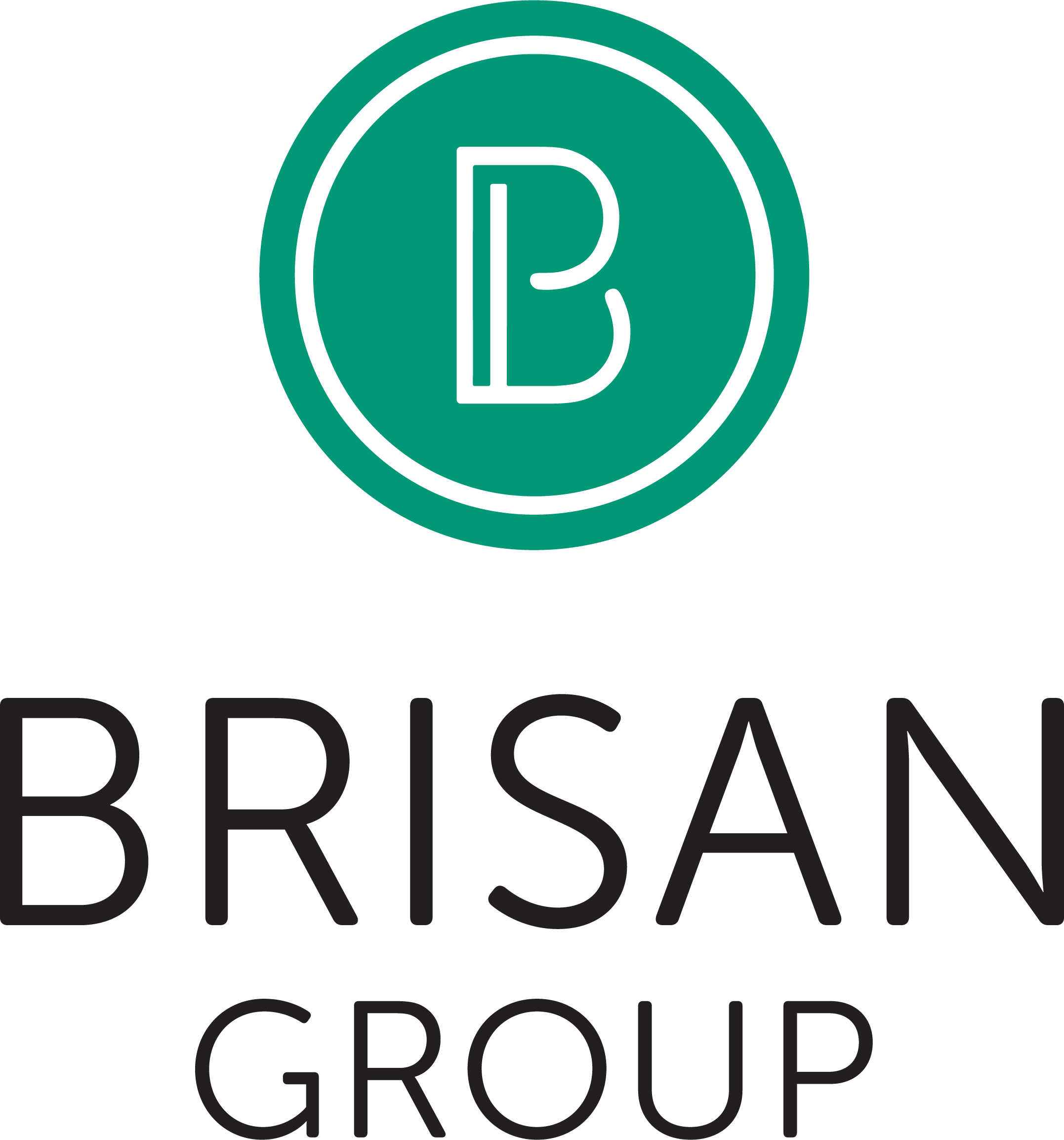How to Use Consumer Power to Your Advantage
Consumer ability to influence what they buy and what others buy has thrown a monkey wrench in the traditional purchase process. Learn how to navigate this power shift and earn fans.
Why the tables have turned
A shift in power is happening due to increased access to information, influx of choices, and a digital opportunity to share and read product experiences. These technological factors have compelled consumers to become demanding and distrustful of Bigco’s ability to keep promises. The first task required for savvy businesses to grab hold of this power shift, is to change their definition of “consumer”.
Let’s set a new definition for “consumer”
Historically, consumers consumed — it was as easy as that. One party did the selling and the other party did the purchasing. Thanks to social media, online opinion platforms, and the rapidly evolving market, consumers do much more than simply consume. Consumers have become critics, co-creators, important stakeholders, and an extension of sales teams.
“Consumers are critics, co-creators, important stakeholders, and an extension of sales teams.”
Consumers have a voice and they expect to be heard
Now more than ever, consumers are sharing their purchase opinions and experiences with others, causing a disruption in the traditional purchase process. As a result, a gap has emerged between consumer expectations and businesses’ ability to meet them. It has become an intense struggle for food businesses to keep up with the increasingly fickle customer (a critical factor to the innovation dilemma we are facing as an industry).
According to a Deloitte study on the growing power of consumers, “This gap can be closed by rethinking how companies engage with consumers. Businesses not only need to gain a deeper understanding of consumer behavior they also need to allow for more open and transparent relationships.”
How to appease consumers and meet high expectations
Optimizing products to meet new consumer expectations requires a business model that can support innovative processes. Setting up a user-centric business helps companies address the new consumer power shift by staying attuned to consumer demands and expectations.
Establish more consumer touch points
1. Listen More
Add in more open dialogue and feedback loops that allow for more listening and deeper understanding;
e.g. Asana has a built-in “Send Feedback” button on their project list dashboard.
2. Co-Create
Adhere to a process that allows consumers to take part in the iterative design of your product as early and as often as possible;
i.e. Don’t wait to check-in with consumers once your MVP (Minimally Viable Product) has gone to market. Instead, do small, experiential consumer tests along your product design and development process.
3. Encourage Influencers
Develop campaigns and tools that empower and encourage consumers to promote your products;
e.g. Eggo®: Season 2 Stranger Things campaign. Eggo tapped into the popularity of Stranger Things, interacting with their audience and encouraged the Stranger Things fandom love of Eggo waffles.
4. Full Disclosure
Develop transparent product (ingredients, processing, etc.) content to inform and educate consumers, allowing them to independently transition through the decision process — developing critical trust and positioning the purchase to be one of careful consumer choice.
Why this matters
Embedding more consumer touch points in your processes helps to ensure:
Relevant product design that meets or exceeds consumer expectations;
Knowledge of evolving attributes that drive purchase decisions;
Increase early-influencers and feeling of crowdsourcing because of co-creator relationship with consumers;
Earning brand trust is more attainable by working with consumers as co-product developers (instead of product development only associated with scientists in lab coats).
Use it to your advantage
A lot of food brands are shaking in their boots trying to address this new shift in consumer power. The fear of getting lost in the dust as an irrelevant brand with indifferent products is one that keeps many CEOs up late at night. But by listening more, co-creating with consumers, encouraging influencers, and providing full-disclosure, food manufacturers can maximize this power shift to their advantage.
So while your competitors are chasing shiny objects and falling down tangential rabbit holes, you could be embedding more consumer touch points that help you dominate the market — pulling the rug from underneath them.
About the Author
Theresa Cantafio is the VP of Marketing and Trend Insights at Brisan Group. With a background in food science, design-thinking, and hands-on culinary, Cantafio has been providing food marketing and trend thought-leadership to the industry for over five years. Her writing has been featured in SmartBrief, Go Clean Label, IFT, and Chicago Woman Magazine. You can find her hosting dinner parties, studying brand art directions, and volunteering as an RMMFI food service business coach.
COnsumer Engagement Services
A FACILITY FOR SERIOUS FOOD RESEARCH













